Meet the real Claude Monet at the exhibition “I, Claude Monet”
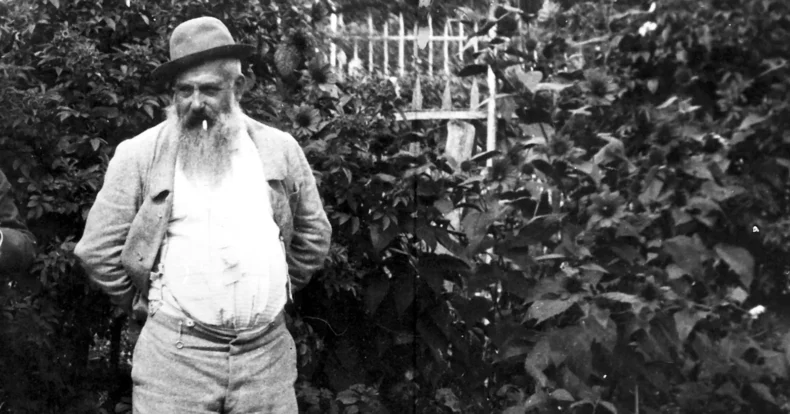
The real Claude Monet.
Claude Monet is one of art’s most iconic figures, known for his brilliant landscapes and his central role in the Impressionist movement. However, beyond his iconic paintings, “I, Claude Monet” offers an intimate and fresh look at the man behind the genius. This exhibition reveals his passion for gardening, the personal struggles he faced throughout his life, and his relentless quest to capture light and nature through his art.
Since his early years, Claude Monet broke with the rigid academicism of his time. He began by studying drawing and practicing with still lifes and everyday scenes, which revealed his meticulous observation of nature. This rejection of the academic style allowed him to explore new forms of representation, which led him to become one of the founders of impressionism.
The real Claude Monet: Founder of impressionism and the first works of art
Monet is one of the pioneers of Impressionism, a movement that revolutionized art in the late 19th century. His work Impression, Rising Sun (1872) is emblematic of the movement, characterized by the use of loose brushstrokes and bright colors to capture the fleeting impressions of nature. This innovative approach positioned him as one of the most influential artists of his time.
During his stay in Argenteuil, Monet perfected his technique by painting suburban landscapes and river scenes, paying special attention to the effects of light on water. This period was crucial in the development of his style, marking the beginning of his success.
Notable works and developments at Giverny
Some of his most famous works include Impression, Rising Sun, the Land Lilies, The Japanese Bridge, and his series on the Rouen Cathedral. In 1883, Monet moved to Giverny, where he created a garden that inspired many of his most important works. This place was his refuge and creative laboratory, where his style evolved towards greater abstraction and experimentation with color and light.
As I contemplated the work I thought that my glasses were dirty. What does this canvas represent?…, the painting had no right or wrong side…, impression, it certainly produces an impression…, the embryonic wallpaper is more made than this navy….
Louis Leroy on the work Impression, soleil levant
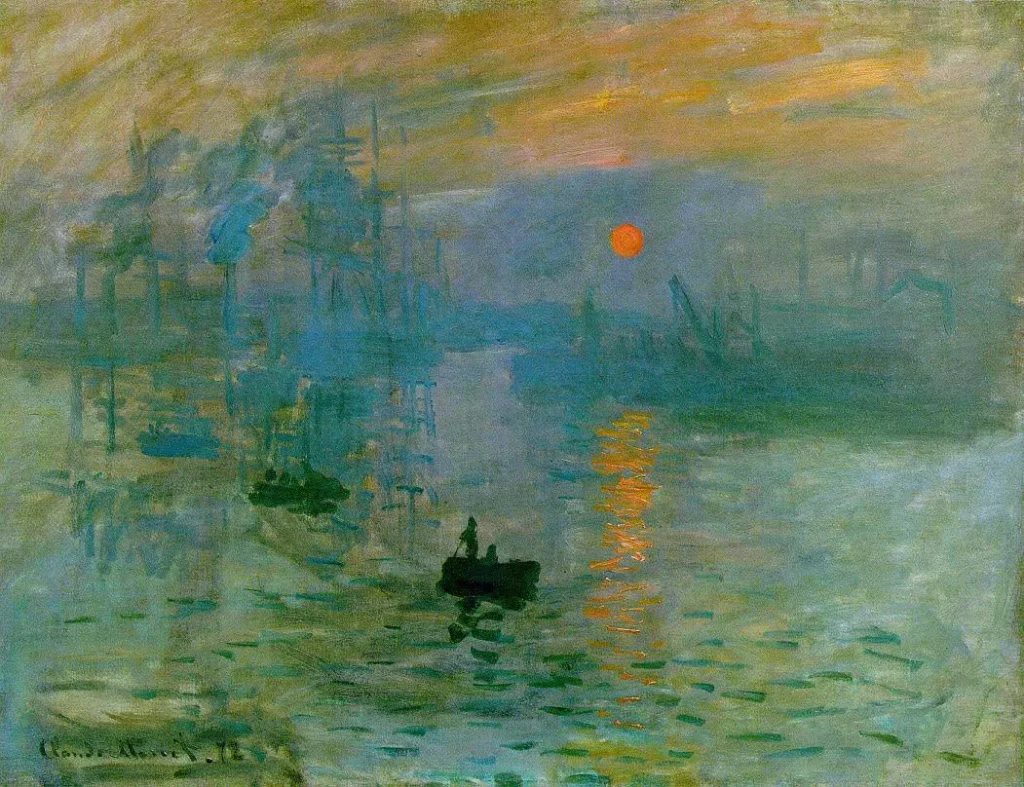
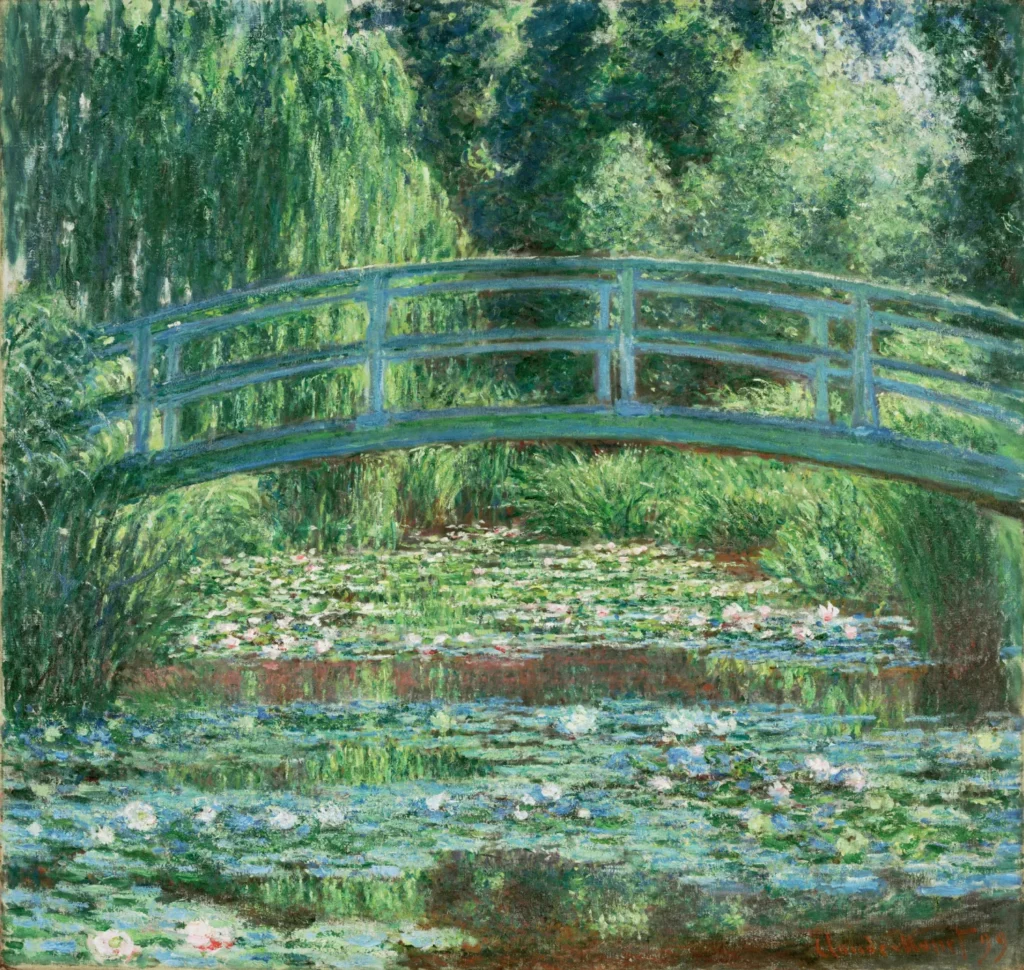
At Giverny, he worked on series of paintings that explored the same subject under different light and weather conditions, such as hay fields and water lilies. Here, the forms began to simplify, while the use of color became bolder.
Last years: Abstraction and visual problems
As time went by, Monet began to suffer from vision problems due to cataracts, which caused a change in his style. His works became more abstract, with blurred outlines and a greater emphasis on chromatic sensations. This approach is evident in his later depictions of the Water Lilies, where shapes are barely recognizable, and color and atmosphere dominate the composition.
Monet left an indelible mark on the art world, influencing generations of artists and establishing a new approach to painting that is still relevant today. Following his death, the Claude Monet Foundation was established to preserve his legacy, opening his house and gardens in Giverny to the public. This place continues to attract literally hundreds of thousands of visitors annually, all eager to experience the beauty that inspired so many of his masterpieces.
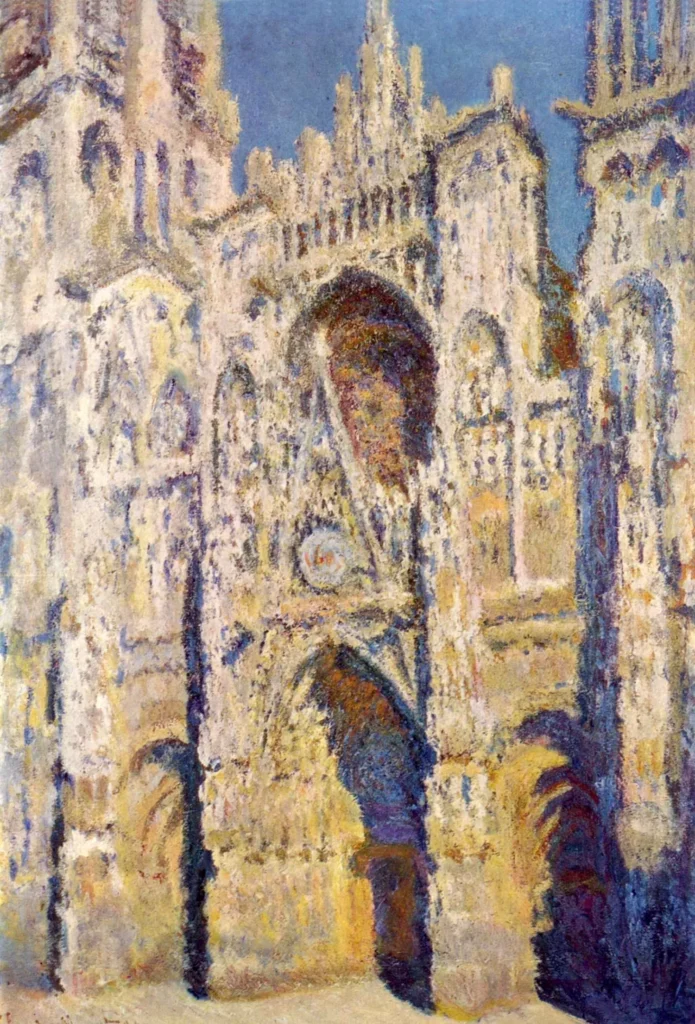
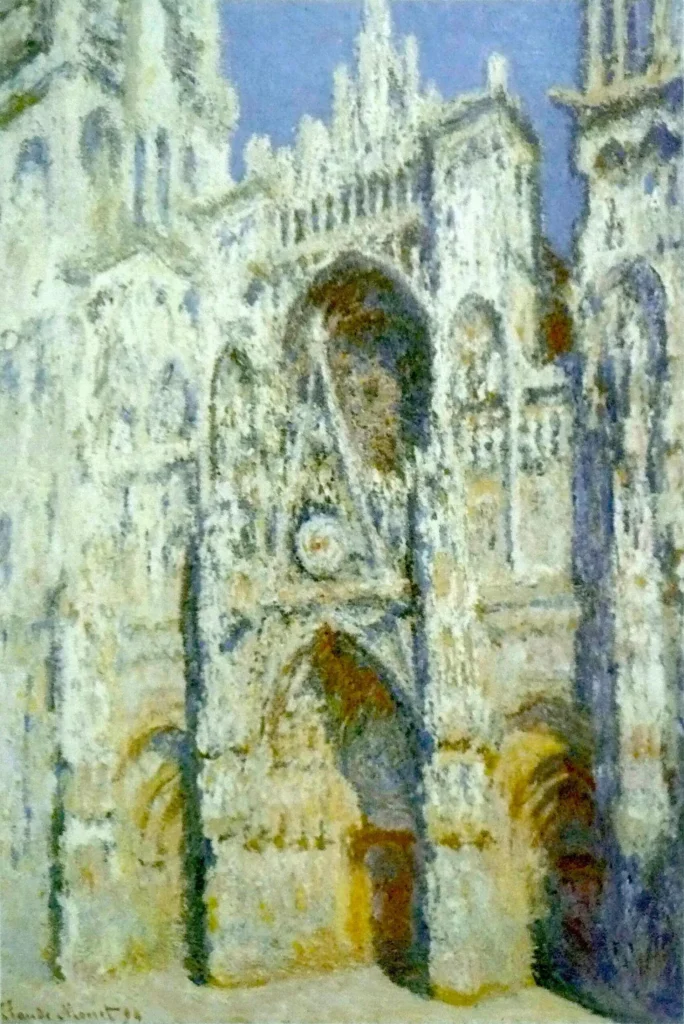
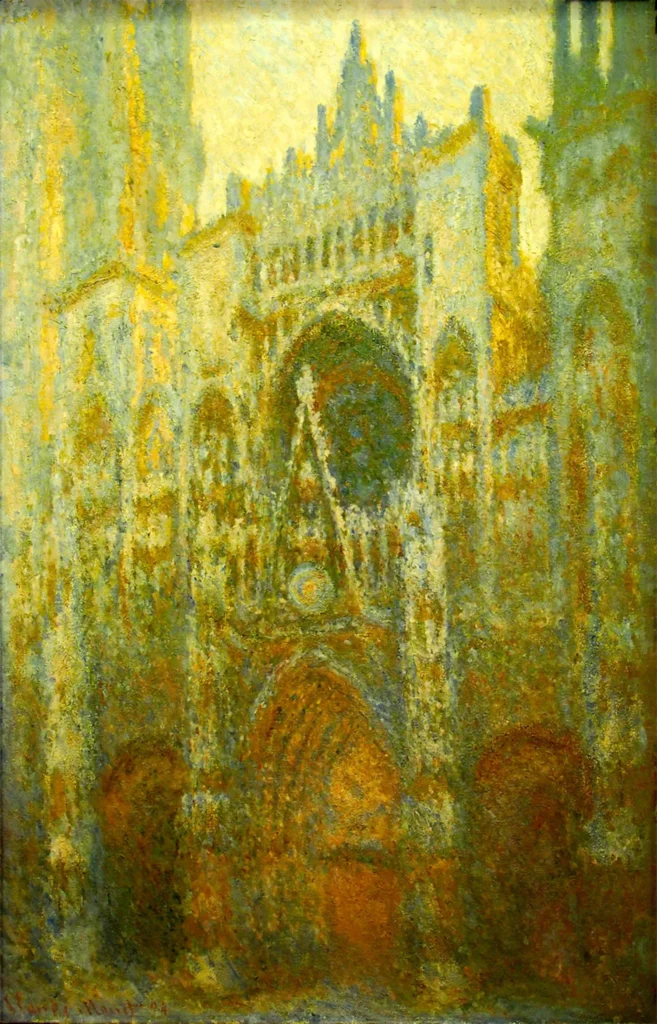
Claude Monet’s artistic evolution reflects not only his personal growth as a painter, but also the changes in the perception of art during his time. From his initial rejection of academicism to his experimentation with abstraction, Monet transformed the way light and nature are captured. His legacy lives on, and the exhibition “I, Claude Monet” at the Magaly Cinema invites you to meet the man behind the myth and discover his story from an intimate perspective.
Tickets on sale at: cinemagaly.com
Sensorial Sunsets
Navigate articles





